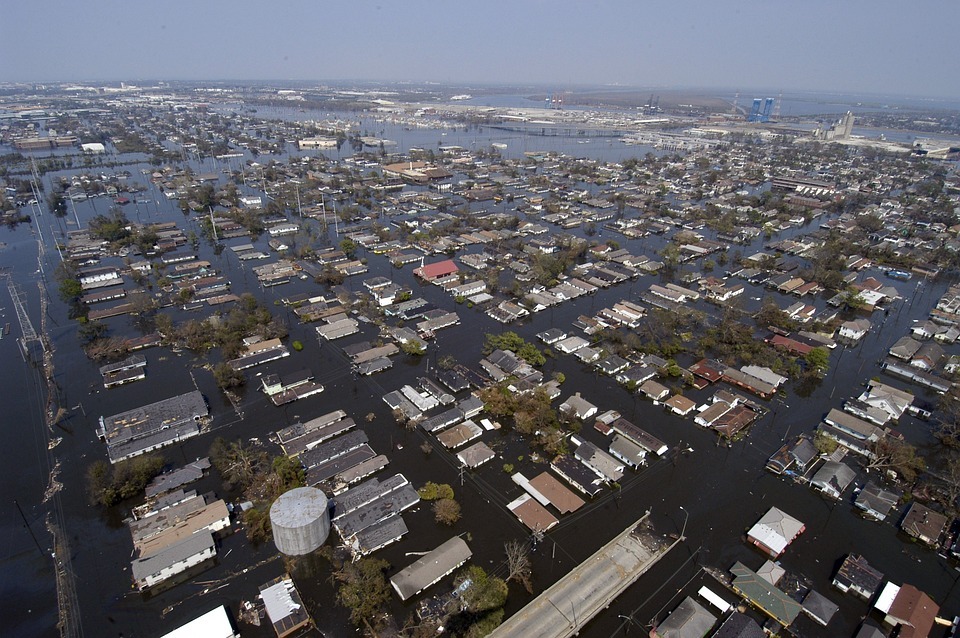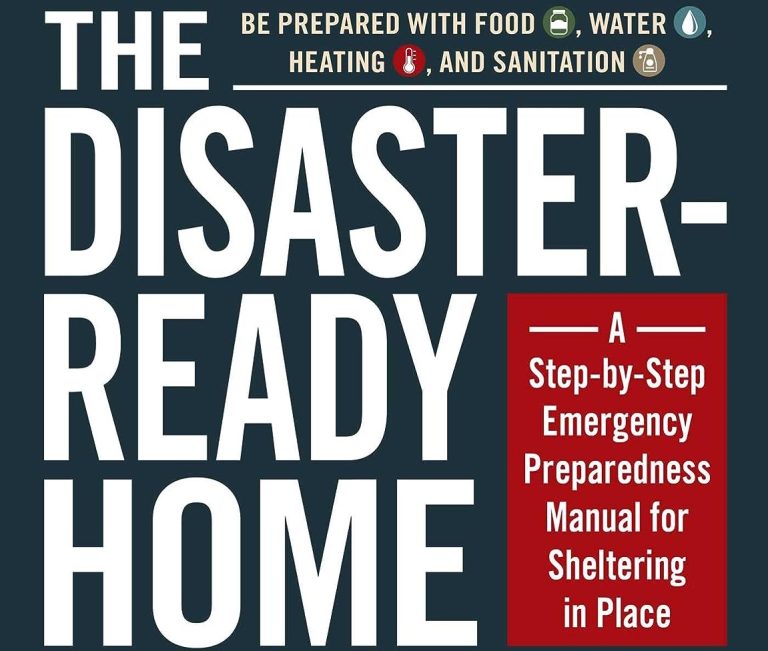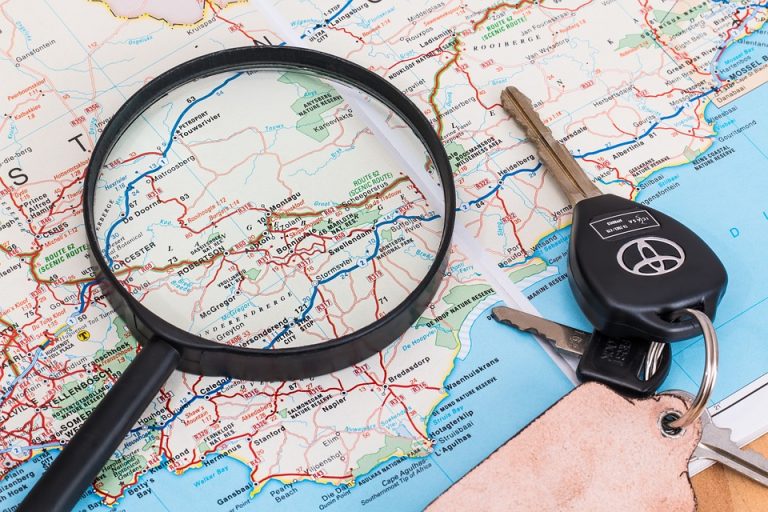Floods can strike unexpectedly, causing immense damage to property and posing significant risks to personal safety. Whether you reside in a flood-prone area or want to be prepared for unforeseen circumstances, knowing how to prepare for a flood is crucial. This comprehensive guide will equip you with essential steps and tips to minimize risks and safeguard your family and possessions.

Understanding Flood Risks:
- Research Your Area: Determine if your region is prone to flooding. Consult flood maps, local authorities, or meteorological services to assess the likelihood of flooding in your vicinity.
- Identify Warning Signs: Be aware of warning signs such as heavy rainfall, snow melt, or riverbank overflow that could indicate an impending flood.
Creating a Flood Preparedness Plan:
- Develop an Evacuation Plan: Establish evacuation routes and a meeting point for your family in case of separation during a flood. Practice evacuation drills to ensure everyone knows what to do.
- Assemble an Emergency Kit: Prepare a well-stocked emergency kit containing essentials like non-perishable food, water, medications, flashlights, batteries, and important documents in a waterproof container.
- Secure Your Home: Elevate electrical systems, appliances, and valuable belongings to higher levels. Install check valves to prevent floodwater from backing up into drains.
Protecting Your Property:
- Obtain Flood Insurance: Standard home insurance often doesn’t cover flood damage. Invest in flood insurance to safeguard your property and possessions.
- Waterproof Your Home: Seal basement walls, install sump pumps, and apply waterproof coatings to vulnerable areas to reduce water infiltration.
- Landscaping Considerations: Adjust landscaping by creating proper drainage systems, using flood-resistant materials, and positioning barriers to divert water away from your property.
Stay Informed and Vigilant:
- Monitor Weather Updates: Stay tuned to weather forecasts and alerts to receive timely information about potential flooding in your area.
- Community Resources: Familiarize yourself with community resources and emergency services available during floods, such as shelters or emergency hotlines.
- Keep Communication Open: Establish a communication plan with family members and neighbors to keep each other informed and offer assistance if needed.
During a Flood:
- Act Promptly: If flooding is imminent, follow evacuation orders immediately. Do not attempt to drive or walk through floodwaters.
- Monitor Updates: Stay informed through radio, television, or mobile alerts for any changes in flood conditions or evacuation instructions.
- Safety First: Prioritize personal safety above all else. Avoid contact with floodwater as it may contain contaminants or pose risks of electrocution.
Post-Flood Recovery:
- Assess Damage: After the floodwaters recede, assess the damage to your property and contact relevant authorities or insurers to initiate recovery processes.
- Thorough Cleaning: Disinfect and clean affected areas to prevent mold growth and ensure a safe living environment.
By taking proactive steps and staying informed, you can significantly reduce the impact of a flood on your life and property. Preparation is key, so begin your flood preparedness plan today to safeguard what matters most.
Remember, this guide is a starting point. Consult local authorities and emergency services for region-specific advice on flood preparedness and response.
Stay safe, stay informed, and stay prepared!



